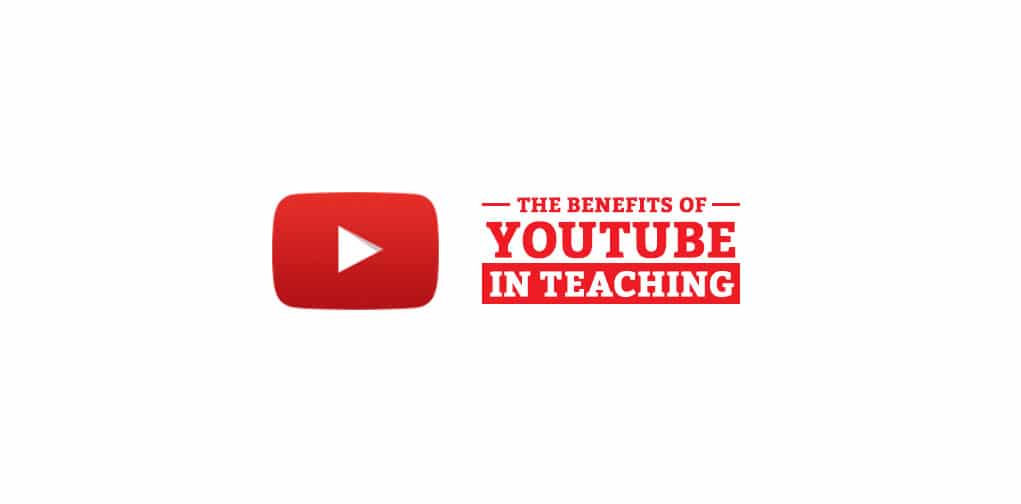REFLECTION TASK 2- DIGITAL MEDIA & THE WORLD OF VIDOES
My reflection
"...they have to embrace digital media technology and the internet, instead of subverting it with regulation"- Brad Williams
The world of digital media is never ending. I seem to always get lost in this world and struggle to find my way out. As an educator, I must continue to seek to learn and to do this, digital media is needed (I know its a vicious cycle). Videos and audio play of instructions, topics and concepts have helped me drastically in grasping what the digital world has to offer. What I want to focus on today is how videos and audio can ALSO help our students, not just me or you, but those who we teach.
Now when you think of videos, what is the first thing that pops into your mind?? I know for me, YOUTUBE screams. It is generally the first thing someone thinks of. Youtube is such a powerful digital media platform that content creators use to share information, to educate, to entertain and to inspire. To tie this with education, teachers can use this tool to create their own content OR use other creators content to entertain their students whilst presenting relevant information. Now let's talk about the benefits of it.
Retrieved from: https://rentonprep.org/the-benefits-of-youtube-in-teaching/
The first benefit I would like to talk about is the benefit for visual learners. Research has found that 65 percent of the general population are visual learners, meaning they need to see information in order to retain it (ATLASSIAN, 2018). allows students to physically see what is being taught and helps them understand the course work better.
The second benefit is that Youtube videos are engaging. It’s a platform where open conversations and discussion can be had. It is creative and fun. You can also connect with students from all over the world.
The last benefit I want to talk about is the accessibility of it all. Youtube provides a go-to resource for students to use and access.YouTube can be accessed on a multitude of devices. It’s a resource that can be used whenever and wherever.
How is this safe? What are the laws and regulations? It is vital that not only are students are aware of copyright laws, but so are teachers.The first rule of copyright (established by YouTube), states "they should not upload videos that they didn't make, or use content in their videos that someone else owns the copyright to, such as music tracks or snippets of copyrighted programmes" Here is a link to a short video made by YouTube: https://youtu.be/1PvjRIkwIl8
Now to tie this into how I can use this in the classroom, I give an example of what it could look like in a science class. This teaching tool is especially valuable in science classes, as I can share up-to-the-minute charts and graphs detailing complex processes. I will use a SMAR model to show you how this is possible.

Retrieved from: https://www.commonsense.org/education/videos/introduction-to-the-samr-model
Substitution: Video about periodic table instead of photo or diagram in lab
Augmentation: Video upload onto Youtube so it can be viewed outside of class time
Modification: Transcript attached to help students read whilst watching
Redefinition: Allow students to comment on the video and share their ideas and note taking
I hope this blog was helpful to you in anyway shape or form😁
Reference Guide:
Skills Academy. (2020). Educational benefits of youtube.
https://www.skillsacademy.co.za/educational-benefits-of-youtube/
Renton Prep. (2022). The benefits of youtube in teaching.
https://rentonprep.org/the-benefits-of-youtube-in-teaching/
ATLASSIAN. (2014). Different learning types.
https://www.atlassian.com/blog/teamwork/how-to-work-4-different-learning-types
Comments
Post a Comment